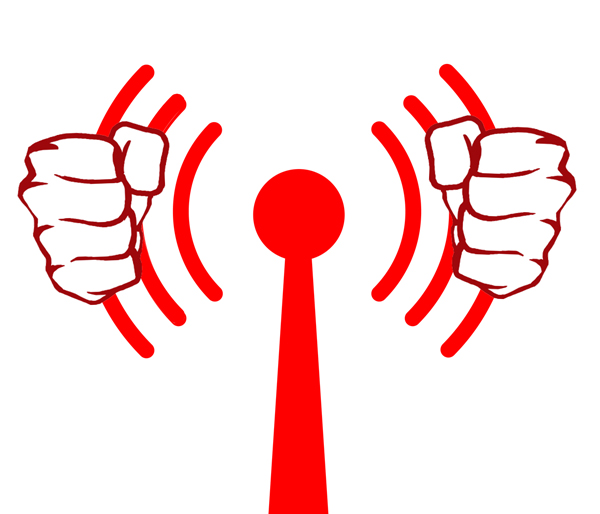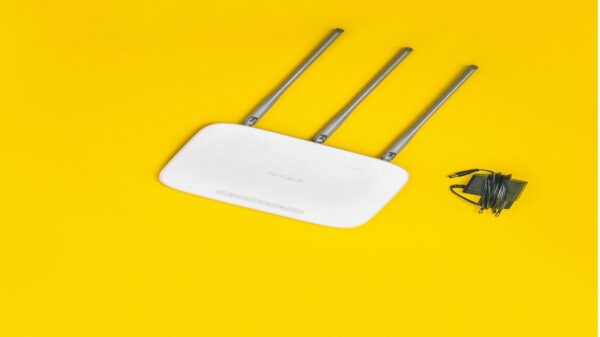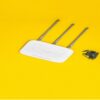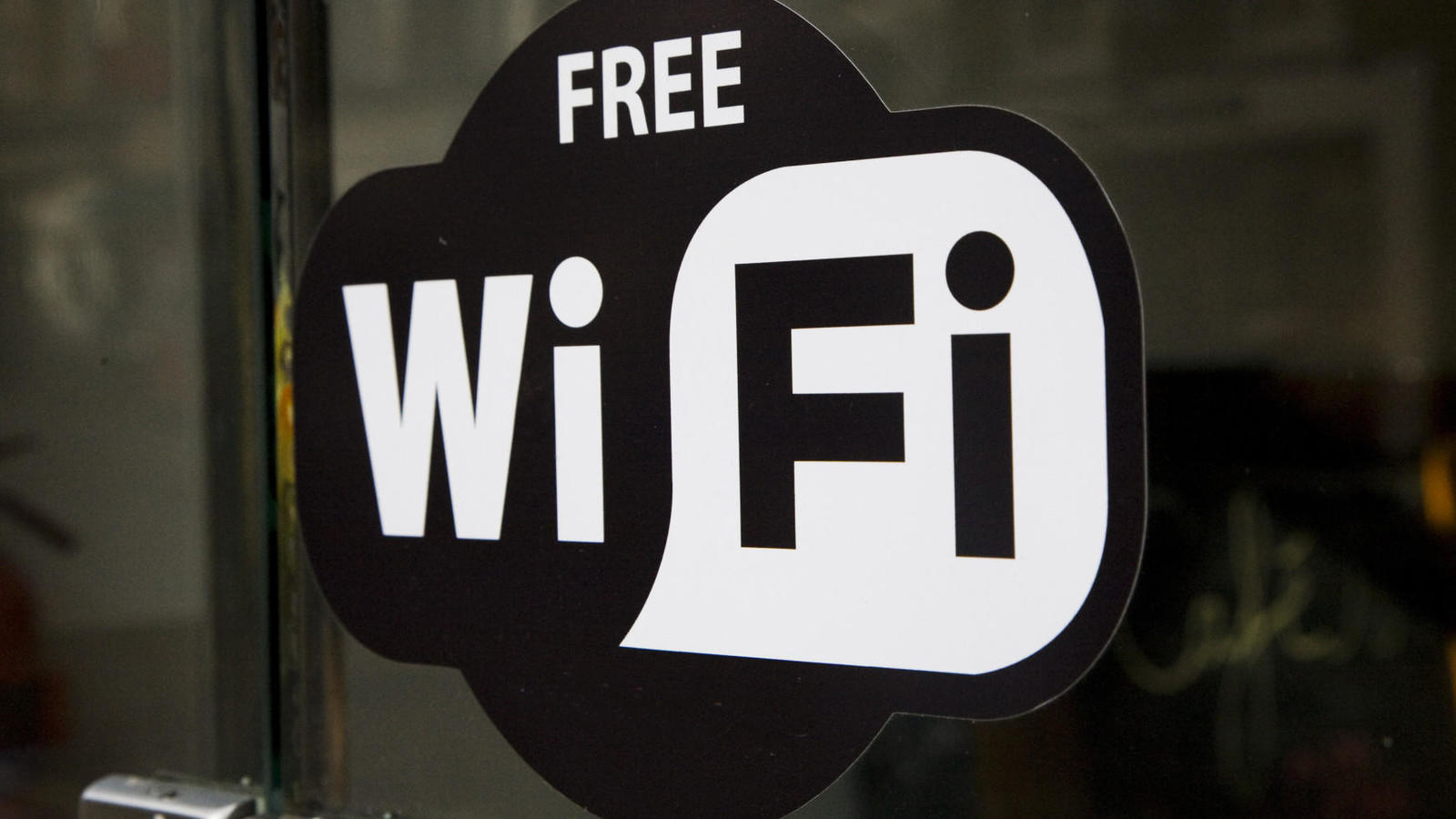With the ceaseless development in technology, education is changing its course as well. Those days are long gone when learning meant only classroom lectures, books, and notebooks. Now, education is getting a new dimension all over the world. It is incorporating the updated and most modern technologies in it. Hence, the learning experience for the students is also getting better. The teachers are satisfied too with the modern teaching process. Under these circumstances, Wi-Fi service in a campus is a much needed and useful feature these days. It not only attracts students, but also makes learning easier and interesting.
While they are starting their lives in a campus, students are also expected to have experienced free Wi-Fi – in home, gym, library, or hotels. It is obvious that they will ask for such a facility here as well. And the way learning is changing itself with every passing day, it is becoming more essential for any learner. Now, learning in high schools and colleges and B-schools means sharing data and videos irrespective of location and devices.
A study by Campus Computing Project, 2006 said, 60.5% colleges have increased their campus Wi-Fi budgets to install free wireless services. The founder of the project, Kenneth C. Green truly remarked, “It should be no surprise that students and faculty come to campus expecting their college or university to provide the same wireless connectivity that they experience elsewhere.” It can be assumed that the modern campuses are looking at the matter more seriously.
The Challenges of Deploying Wi-Fi in a Campus
While deploying the ubiquitous and ceaseless wireless connection in a campus, the authority might face many challenges. These issues can be regarding:
- Coverage
- Capacity
- Density
- Security
These challenges contribute towards impacting and delaying the process of adapting ubiquitous Wi-Fi in learning.
Coverage Challenges
University or college campus means acres of land and a large number of buildings. And it means that the wireless connectivity has to cover the whole area; indoor and outdoor coverage are must. Wi-Fi coverage Access Point (AP) offers a radius of 100 to 200 feet. And it means that the campus needs a number of APs to be installed. In such cases, there are two challenges:
- The requirement of several APs means a huge expense.
- All these APs need to be connected with the backbone of the network and this can be a little difficult.
As a result, the user won’t be able to enjoy uninterrupted Wi-Fi in the campus.
Limitations of Capacity
Issues with coverage is not the only challenge. The campuses often face the problem of providing the students and the staff with sufficient capacity and roaming support. There are many institutions that had once installed legacy Wi-Fi hotspots in their campuses, in libraries and cafeterias. They already have a clear idea of deploying and ensuring the capacity of the legacy wireless. Moreover, installing legacy AP is another difficult task, since an AP and its coverage should not overlap the coverage of the neighboring AP.
At the same time, the campuses are generally crowded and when it is situated in a densely populated city. Then it becomes difficult for the provider to ensure ubiquitous Wi-Fi connection. Population creates obstacles and reflection points for the radio signal of Wi-Fi. It also needs costly equipment as well as man-hours to track the obstacle and eliminate interface problem.
Density
Campus means dense population. And again, in a campus, it becomes difficult for Wi-Fi AP to provide uninterrupted connection due to obstacles.
Security Issues
The cherry on the top in the list of all these difficulties are the security issues of public Wi-Fi in the campus. It becomes difficult to ensure the security of personal and sensitive data in the college campus. It needs just a little skill of the hackers to access those data as the central authentication system fails to ensure the security of such complex connectivity.
The Solutions
When modern education can’t do without the aid of technology, you need to find solutions to ensure that the students, faculties, and the staffs get safe as well as ubiquitous Wi-Fi in the university campus.
Capacity is More Important than Coverage
There are many institutes that prefer the mode of BYOD and 1:1 ratio of students and devices. And that certainly includes smartphones and tabs as well. The student-owned devices reduce the capacity problem in the campus.
Device power is Equally Important as Access Point Coverage
Most of the time, IT consultants think about the wireless network with laptop. But in most campuses, devices like tablet, iPad and others are used by the students. However, the radio power of these devices are somewhat 25% of a traditional laptop. As a result, when an iPad can see the signal of some access point, it lacks the strength to communicate with it. So, while planning on the devices and the network in campus, the authority needs to give a serious thought on what kind of device is going to be used there.
Access Depending on the Role
If the authority can incorporate a master directory in the APs that will detect unwanted access, it will enhance the security of public Wi-Fi. It will require an account and password access. The access will be role based; the teachers will have the access to their services and it will be different from that of the students.
Provide Outdoor Coverage
The authority can also provide outdoor coverage to solve issues with coverage. If an AP is deployed by a window or just inside it, it will be able to radiate the network to a vast area. Moreover, while providing the outdoor coverage, the IT professionals need to think about the height. The AP should not be mounted on a rooftop, as the radio signal will scatter even before reaching the device. It will reduce the interference too.
Large area of a school or an institution campus can be easily covered and the authority will find it a bit easier to provide the required facility of Wi-Fi. They only need to make sure that the coverage is safe and interference free. It will be helpful for students, faculties, and staff alike.
Steven Scheck is the Principal of Inspire WiFi, the nationwide leader of multifamily wifi and healthcare wifi. When he isn't bringing Wi-Fi to the masses, he enjoys spending time and traveling with his wife and 4 kids and occasionally gets in a round of golf. He is also very involved in philanthropic causes in Miami and nationally.























































































































































































